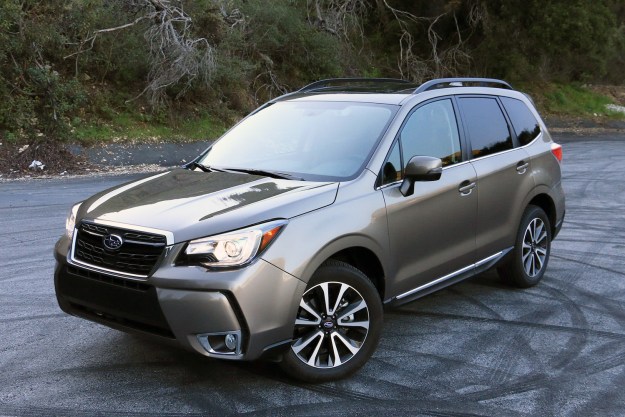
A manufacturing defect in select 2019 Honda CR-V crossovers may cause the airbag to malfunction and unexpectedly deploy, leading the automaker to recall 118,598 vehicles in the U.S., the carmaker says. The issue affects vehicles manufactured between October 3, 2018, and April 1, 2019, according to documents filed with the National Highway Traffic Safety Administration.
Honda says that every CR-V manufactured during this time carries the defect, which involves burrs in the inside of the CR-V’s metal steering wheel. These burrs can cause damage to the sub-harness that runs inside the steering wheel, potentially causing a short circuit. If this occurs, the steering wheel controls and horn may stop working or the horn may sound unexpected, the airbag warning light may come on, or it may deploy without warning.
It appears that the airbag deployment could occur at any time, including when the car is on the road — after all, movement of the steering wheel moves those burrs, in turn scraping away at the wires of the sub-harness inside. As of earlier this month, Honda received 41 warranty claims, 20 field reports, and three reports of injuries related to the defect.
The first incident of unintended deployment occurred in late February, and it appears the airbag has gone off without warning on at least five additional occasions since then. Honda did not say whether those injured were so as a result of an airbag deployment, however, given there have been no crashes, it is the most likely cause.
Honda first discovered the issue on January 24, making changes to its manufacturing process to eliminate the burrs. Any car manufactured after April 1 has the updated version of the steering wheel and should not experience the issue, Honda says. The carmaker began notifying dealers this week and will notify affected owners in July.
Once at the dealership, repair technicians will replace the cable reel and cable reel sub-harness, and install a protective cover on the steering wheel core at no cost.
In a separate recall, Honda also said it will recall an additional 19,000 vehicles previously recalled until the gigantic Takata airbag recall in 2018 for additional repair work. Affected owners there will also receive notification by mail if their vehicle is affected.
Editors' Recommendations
- Toyota recalls more than 1 million vehicles over potential airbag issue
- Honda HR-V vs. Honda CR-V
- Toyota RAV4 vs. Honda CR-V: The differences and the similarities
- The Honda CR-V Hybrid is more important than you think
- 2020 Honda CR-V starts at $26,145, hybrid powertrain on the way


